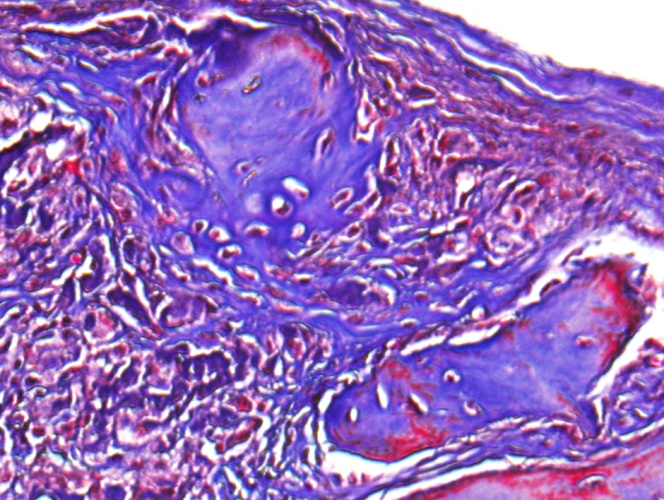
The new hydrogel has been successfully injected into a mouse where it induced the migration of naturally occurring stem cells to better promote bone healing. Current experimental applications using hydrogels and stem cells introduced into the body or expensive biological agents can come with negative side effects.
The findings from bioengineers and dentists from UCLA are published online in Nature Communications.
According to UCLA, hydrogels are biomaterials that are made up of a 3D network of polymer chains. Due to the network's ability to absorb water and its structural similarities to living tissue, it can be used to deliver cells to defective areas to regenerate lost tissue. However, the small pore size of hydrogels limits the survival of transplanted cells, their expansion and new tissue formation.
One material that has caught on in the field of biomaterials is clay, which has become an additive to medical products with no reported negative effects. It has been shown to be biocompatible and is readily available.
The clay is structured in layers, with the surface having a negative charge. The unique layered structure and charge were important to researchers as their hydrogels had a positive charge. When the hydrogel was inserted into the clay layers via intercalation the end result was a clay-enhanced hydrogel with a much more porous structure that could better facilitate bone formation.
Once they had their clay-enhanced hydrogel, the researchers used photo-induction to turn the new biomaterial into a gel, which would make it easier to be injected into their mouse model, which had a non-healing skull defect.
After six weeks, they found that the mouse showed significant bone healing through its own naturally occurring stem cell migration and growth.
"This research will help us develop the next generation of hydrogel systems with high porosity and could greatly improve current bone graft materials," said lead author Min Lee, professor of biomaterials science at the UCLA School of Dentistry and a member of the Jonsson Comprehensive Cancer Centre. "Our nanocomposite hydrogel system will be useful for many applications, including therapeutic delivery, cell carriers and tissue engineering."
Injectable combinations of living cells and bioactive molecules using hydrogels would be a preferred medical application to treat unhealthy or damaged areas of the body rather than more invasive surgery.
UCLA added that future research is planned to learn how the physical properties of nanocomposite hydrogels affect the migration of cells and their function, as well as the formation of blood vessels.




Nanogenerator consumes CO2 to generate electricity
Nice to see my my views being backed up by no less a figure than Sabine Hossenfelder https://youtu.be/QoJzs4fA4fo